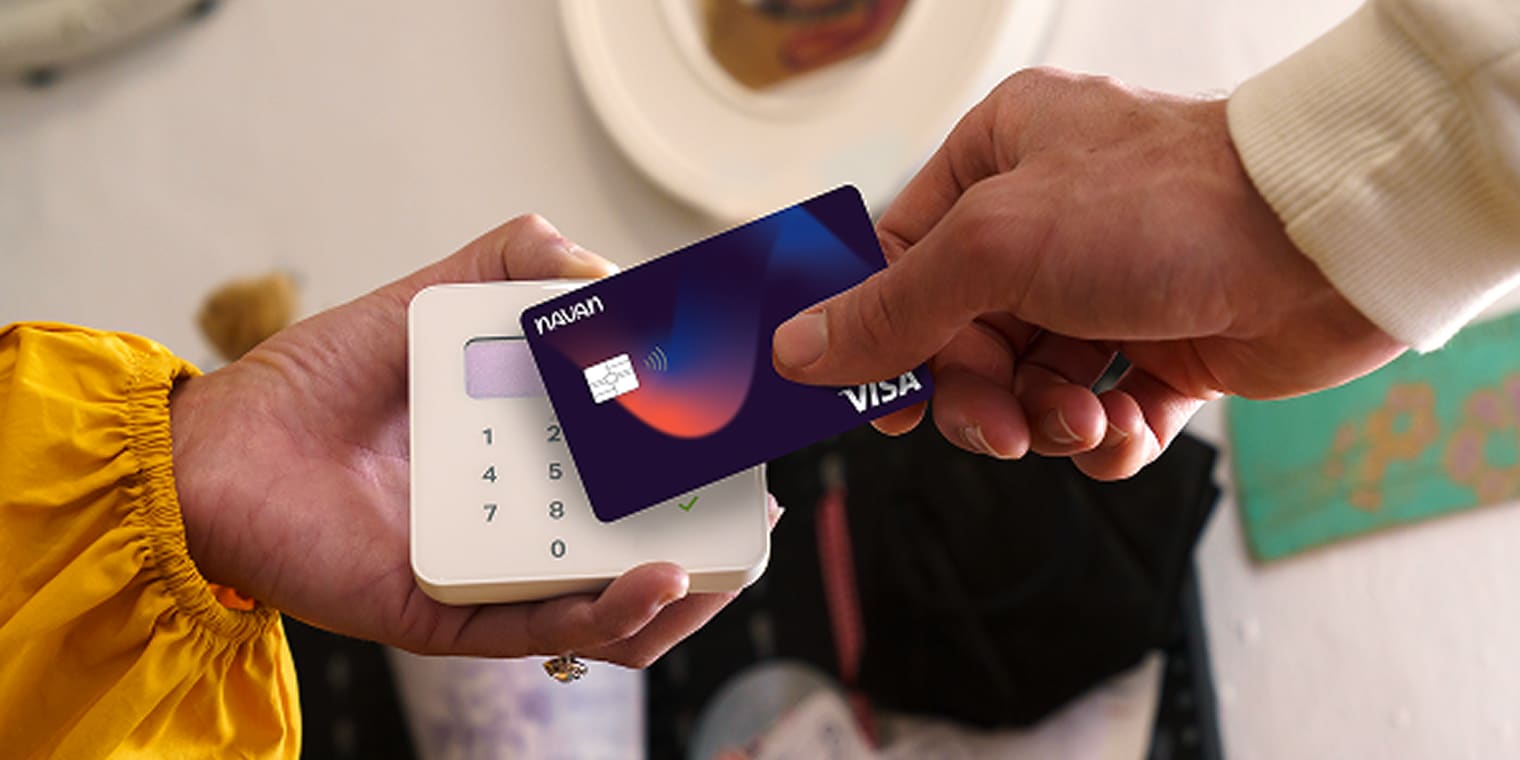Corporate Card: A Comprehensive Guide
A corporate card is a powerful tool businesses provide to employees for managing work-related expenses. This guide will explore what a corporate card is, its benefits, how it works, and best practices for its use.

What Is a Corporate Card?
A corporate card is a credit card issued by a company to its employees to cover business-related expenses.
These expenses can include travel, meals, lodging, office supplies, and other costs incurred during the course of business operations.
Benefits of a Corporate Card
Corporate cards offer numerous advantages for both employees and employers.
For Employees:
- Convenience: Employees can pay for business expenses directly without using personal funds.
- Efficiency: Speeds up the process of handling expenses, reducing the need for out-of-pocket reimbursements.
- Expense Tracking: Simplifies tracking of business expenses, as all transactions are recorded on the card statement.
For Employers:
- Expense Control: Provides better control over business expenditures by setting spending limits and monitoring transactions.
- Improved Cash Flow: Helps manage cash flow by extending the period before the expense hits the company’s bank account.
- Simplified Accounting: Streamlines the accounting process by consolidating expenses in one place.

How Corporate Cards Work
Corporate cards function similarly to personal credit cards, but they are linked to the company’s account. Here are the key aspects of how they work:
- Issuance: The company partners with a financial institution to issue corporate cards to selected employees.
- Spending Limits: Employers can set spending limits for each cardholder based on their role and needs.
- Authorization: Employees use the card to pay for business expenses, and these transactions are authorized in real time.
- Billing: The card issuer sends a consolidated statement to the company, detailing all transactions made by employees.
- Reconciliation: The finance team reviews and reconciles these transactions, ensuring they align with the company’s expense policies.
Using a corporate card in collaboration with an expense management system helps businesses improve visibility and compliance, and can even automate the expense reporting process.
Types of Corporate Cards
There are different types of corporate cards tailored to various business needs:
- Corporate Credit Cards: Function like traditional credit cards, with a line of credit that must be paid off monthly.
- Corporate Debit Cards: Directly linked to the company’s bank account, deducting funds immediately after a purchase.
- Corporate Charge Cards: Require full payment at the end of each billing cycle, with no option to carry a balance.

Best Practices for Using Corporate Cards
To maximize the benefits and minimize risks, companies should follow these best practices:
Policies and Guidelines
- Clear Policies: Establish clear expense policies outlining what can and cannot be charged to the card.
- Training: Train employees on how to use the card and the importance of adhering to policies.
- Documentation: Require receipts and proper documentation for all transactions.
Monitoring and Controls
- Regular Monitoring: Regularly monitor card transactions to detect and prevent misuse.
- Spending Limits: Set appropriate spending limits based on the employee’s role and business needs.
- Approval Process: Establish an approval process for large or unusual expenses to ensure they are justified.
Security Measures
- Card Security: Encourage employees to keep their cards secure and immediately report lost or stolen cards.
- Fraud Detection: Use card issuers’ fraud detection tools to monitor unusual activity.
- Regular Audits: Conduct periodic audits of card usage to ensure compliance with company policies.
Transform Your T&E Management with Navan
Make business travel work for everyone.How Expense Management Solves Common Problems
Effective expense management is crucial for companies to maintain financial control and efficiency. Here’s how a robust expense management system addresses common issues:
Problem 1: Lack of Visibility Into Spending
Without a clear view of where money is being spent, companies can easily lose track of expenses, leading to budget overruns and financial discrepancies.
Problem 2: Time-Consuming Expense Reporting
Manual expense reporting is tedious and prone to errors, consuming valuable time for both employees and finance teams.
Problem 3: Non-Compliance with Expense Policies
Employees may unintentionally or intentionally violate company expense policies, resulting in unauthorized spending.
Problem 4: Difficulty in Reconciliation
Reconciling expenses can be a complex and lengthy process, especially when dealing with multiple receipts and inconsistent documentation.
Problem 5: Fraud and Misuse
Corporate cards can be subject to misuse or fraud if not properly monitored.
Corporate cards are an essential tool for modern businesses, providing convenience and control over business expenses.
Companies can optimize their expense management processes and enhance overall financial efficiency by understanding how they work and implementing best practices.
Corporate cards help streamline expenses and simplify financial management, whether for travel, meals, or office supplies.
Frequently Asked Questions
Read now
Take Travel and Expense Further with Navan
Move faster, stay compliant, and save smarter.

